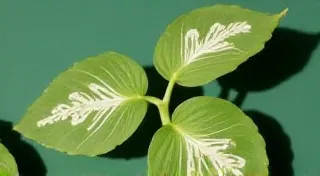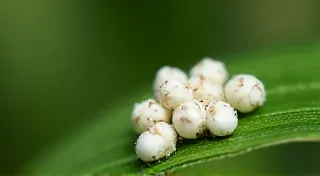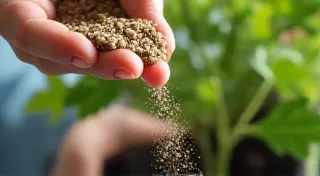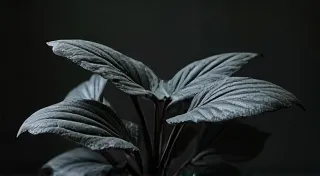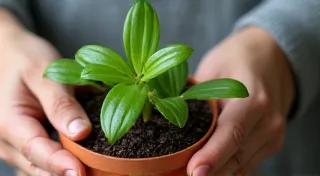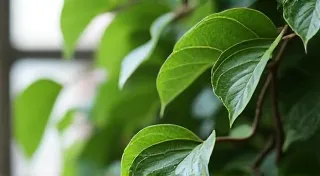String of Turtles (Peperomia prostrata): A Beginner's Guide
The String of Turtles (Peperomia prostrata), with its adorable turtle-shell patterned leaves, has captivated plant lovers worldwide. Once exceptionally rare and difficult to find, it's becoming slightly more accessible, though still considered an uncommon plant. Don't let its popularity intimidate you; this trailing beauty is surprisingly manageable, even for beginner plant parents. This guide covers everything you need to know to keep your String of Turtles thriving.
Understanding the String of Turtles
Peperomia prostrata is native to rainforests in Brazil. Its distinctive leaves resemble tiny turtle shells, and its trailing habit makes it perfect for hanging baskets or cascading from shelves. It's a relatively compact plant, typically growing to a length of 6-12 inches, though longer stems are possible with careful pruning and support. Like many rainforest plants, it enjoys a stable environment and responds best to consistent care—something shared by plants like the Moonlight Ficus, which also thrives on attention to detail.
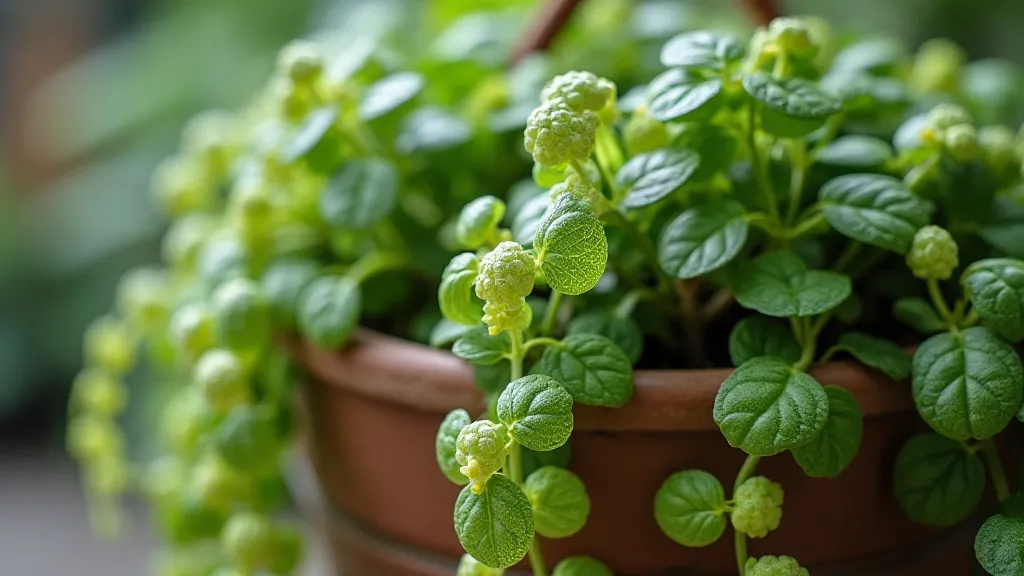
Essential Care Guide
Bringing a new plant into your home can be exciting, but it’s important to understand its specific needs to ensure it flourishes. The String of Turtles, while generally easygoing, isn’t an exception. Providing the right conditions is key to avoiding common issues like leggy growth or yellowing leaves. Many plant enthusiasts find themselves branching out to other unique varieties once they’re comfortable with the basics, sometimes exploring rare palm varieties for an added challenge. The journey into the world of unique houseplants is often sparked by a simple plant like the String of Turtles.
- Light: String of Turtles thrives in bright, indirect light. Direct sunlight can scorch the leaves. An east-facing window is ideal. If using a grow light, position it about 12-18 inches away.
- Watering: Allow the soil to dry out completely between waterings. Overwatering is a common killer of Peperomia. Check the soil with your finger—if it feels dry to the touch, it's time to water. Reduce watering during the dormant winter months. Consistent watering is also important for other foliage plants, though different species will have unique needs.
- Soil: A well-draining potting mix is crucial. A blend of peat moss, perlite, and vermiculite works well. Succulent or cactus mix can also be used. The ideal soil composition will help prevent root rot, a common issue with overwatered plants.
- Humidity: While it appreciates higher humidity, the String of Turtles is relatively adaptable and doesn’t require it to survive. Regular misting isn’t essential unless your home is extremely dry. Some find propagating these types of plants easier when humidity is higher, but it’s not a make-or-break requirement.
- Temperature: Keep it in a location with temperatures between 65-80°F (18-27°C). Protect it from drafts and sudden temperature fluctuations. Maintaining a consistent temperature is vital for healthy growth.
- Fertilizing: Feed lightly during the growing season (spring and summer) with a balanced liquid fertilizer diluted to half strength. Avoid fertilizing during the dormant season. Understanding the plant’s life cycle is crucial for effective fertilization.
Propagation Techniques
Propagating String of Turtles can be a fun and rewarding project! It's a fantastic way to expand your collection and share these charming plants with friends. The process is relatively straightforward, although patience is required, especially with leaf cuttings. Similar patience is needed for plants like the Philodendron Pink Princess, where encouraging more pink coloration can take time and experimentation. The satisfaction of seeing a tiny cutting develop roots and become a new plant is incredibly rewarding.
- Layering: This is arguably the easiest method. Lay a stem with a leaf or two on a moist surface (like damp paper towels or sphagnum moss). Secure it lightly to keep it in contact with the moisture. Once roots develop (usually within a few weeks), carefully pot the rooted stem. This method is all about providing the right conditions for root formation.
- Leaf Cuttings: Carefully remove a leaf and a small piece of stem. Place the leaf cutting on a moist medium like sphagnum moss. Keep the moss consistently moist, but not soggy. It may take several weeks or even months for roots to develop. Be patient! Like many plants, success with leaf cuttings depends on providing a consistently moist, but not waterlogged, environment.
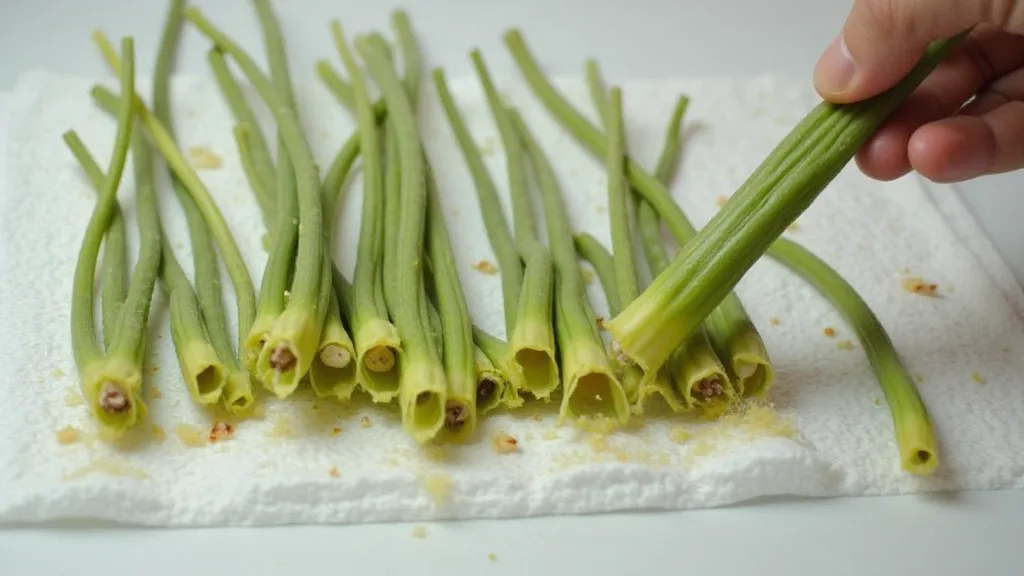
Troubleshooting Common Issues
Even with the best care, plants can sometimes encounter problems. Knowing how to identify and address these issues promptly can help your String of Turtles thrive. For example, a plant that is showing signs of nutrient deficiency can be addressed with targeted fertilization. Many plant owners appreciate the visual appeal of more unusual varieties, such as the Begonia Maculata 'Red Moon', but are careful to understand its specific requirements. Beyond the String of Turtles, learning to diagnose and correct common plant ailments is a cornerstone of becoming a confident plant parent.
- Leggy Growth: This is often caused by insufficient light. Move your plant to a brighter location or supplement with a grow light. Pinching back leggy stems can also encourage bushier growth. Leggy growth is a common sign that the plant isn't receiving adequate light for its needs.
- Yellowing Leaves: Can be a sign of overwatering, underwatering, or nutrient deficiency. Adjust your watering schedule and consider fertilizing. Yellowing leaves are a non-specific symptom, so it's important to consider the plant's overall care and environment.
- Dropping Leaves: Sudden changes in environment (temperature, light) can cause leaves to drop. Ensure a stable environment. Plants are sensitive to changes, so consistency is key.
- Pests: While relatively pest-resistant, String of Turtles can occasionally be affected by mealybugs or spider mites. Inspect your plant regularly and treat infestations promptly with insecticidal soap or neem oil. Regular inspection is the best defense against pests.
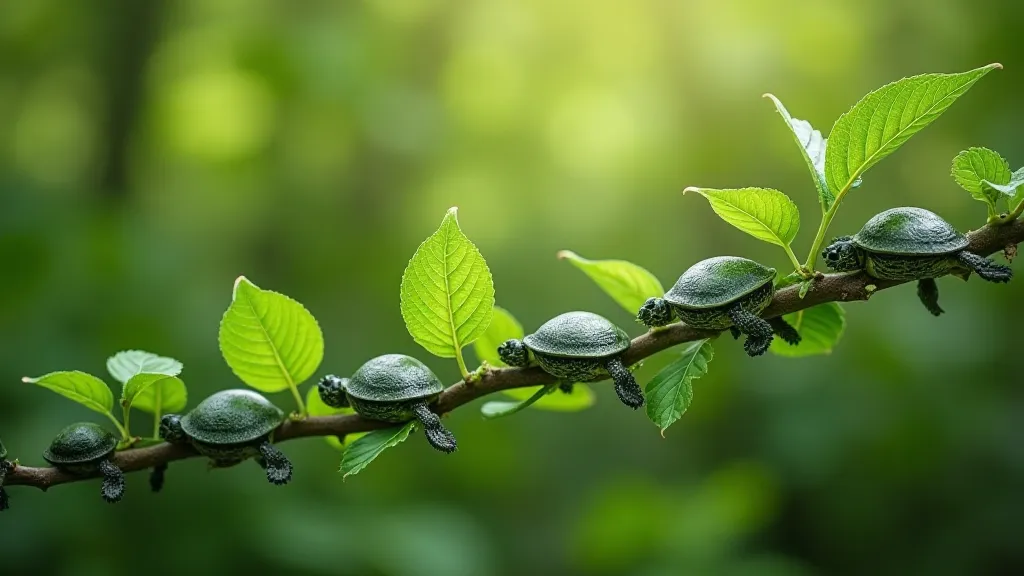
Deeper Dive: Understanding Peperomia Family Characteristics
The String of Turtles belongs to the Peperomia genus, a large group of plants known for their diverse appearances and relatively easy care requirements. Understanding the broader characteristics of the Peperomia family can provide valuable insights into the needs of your String of Turtles and help you succeed in providing optimal conditions. Many species share a preference for bright, indirect light and well-draining soil, mirroring the essential care guidelines for the String of Turtles. Other members of the Peperomia family, like the Ripple Peperomia, offer a similar aesthetic and care profile, making them excellent choices for expanding your collection.
Extending Your Green Thumb: Caring for Plants with Similar Needs
Once you're comfortable caring for your String of Turtles, you might be looking to expand your indoor garden. Several other plants share similar care requirements, making them excellent companions for your Peperomia. Consider plants that thrive in bright, indirect light and prefer well-draining soil. Experimenting with different varieties can be a rewarding experience, allowing you to create a vibrant and thriving indoor oasis. Don’t be afraid to explore other trailing plants that appreciate similar conditions, adding visual interest and diversity to your indoor jungle.
Propagation - A Closer Look
While layering and leaf cuttings are the most common propagation methods for the String of Turtles, understanding the science behind root development can significantly improve your success rate. Factors such as humidity, temperature, and even the type of medium used can influence the speed and quality of root formation. Just as with the Philodendron Pink Princess propagation, maintaining consistent moisture levels without overwatering is vital.
Troubleshooting: Beyond the Basics
Even with consistent care, unexpected issues can arise. Signs of stress, such as stunted growth, discoloration, or leaf drop, can indicate underlying problems. Thoroughly inspecting the plant for pests, diseases, or environmental stressors is crucial for timely intervention. Furthermore, understanding the interplay between light, water, and nutrients is essential for promoting overall plant health.
Conclusion
With a little care and attention, your String of Turtles will thrive, bringing beauty and tranquility to your home. Remember that plant care is a continuous learning process, so don’t be afraid to experiment and learn from your experiences. Embrace the challenges and celebrate the successes – after all, nurturing a living thing is a uniquely rewarding endeavor.
